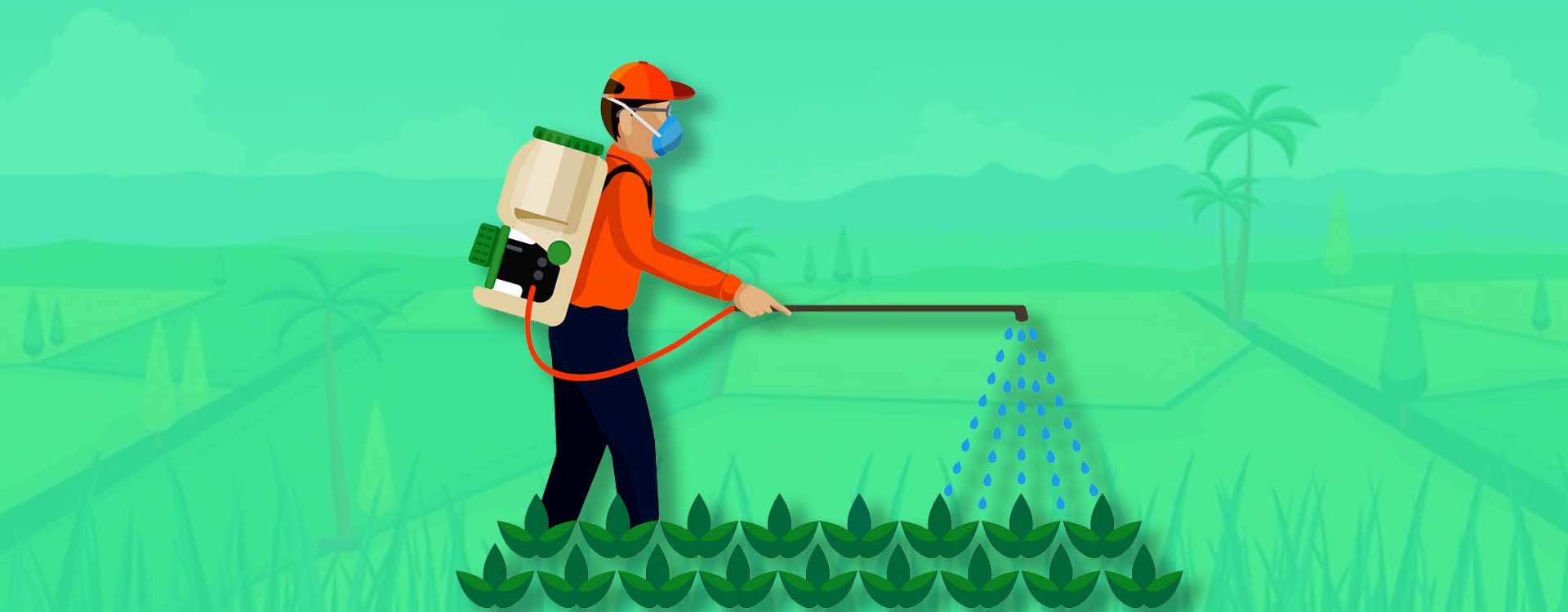Fertiliser is one of the prime components of Agriculture or Agri-tech. Without a steady supply of fertiliser, crops won’t grow within the stipulated time and harvest gets impacted. But the global price hike on commonly used fertilisers and their raw materials have forced domestic manufacturers to sell at raised prices. This could have led to a severe farming crisis. With the Government’s timely intervention, farmers will be supported during this price surge so that they can continue acquiring fertilisers at the old rates.
Government increases Fertiliser Subsidy Outlay
The Government has recently allocated an additional amount of INR 14775 Cr as fertiliser subsidy for farmers. A stimulus package of INR 6.29 Lakh Cr was announced which comprises Government guarantee to banks and microfinance institutions for loans.
How Agri-Tech will benefit
The fertiliser subsidy will particularly benefit the Agri-Tech sector by helping farmers. It will ensure that the sale price for farmers remains unchanged with the wavering of international prices on inputs. Also, the stimulus package is mainly aimed at helping Covid hit sectors revive, Agri-tech in particular.
How Farmers from North-Eastern states will benefit
The fertiliser subsidy announcement will also prove to be beneficial for North-Eastern states and farmers in this region. As part of the stimulus package, the Government is also looking to revive the Northeastern Regional Agricultural Marketing Corporation (NERAMAC). This move will help farmers in eight north-eastern states obtain remunerative prices for their agriculture-horticulture produce.
5 ways the updates will impact stakeholders
- DAP (Di-Ammonium Phosphate) fertiliser has achieved a subsidy hike of 137%. This will balance out the retail price hike previously rolled out by fertiliser manufacturers. The subsidy hike is set at INR 1211.55 for every 50-kilogram bag from an earlier rate of INR 511.55.
- DAP is the second common fertiliser in the agriculture sector standing second to Urea in terms of sale quantity. The subsidy scheme affects DAP uniquely since the Government has provided a fixed per tonne subsidy to this fertiliser. Which means that the MRP on it is decontrolled, variable and mostly decided by the manufacturers. However, the subsidy remains static.
- All other non-urea fertilisers will attract Nutrient based Subsidy (NBS) with variable rates. Depending on the content of nutrients like Nitrogen (N), Phosphorous (P) and Sulphur (S) in the fertiliser, the per-tonne NBS rates vary.
- A farming crisis has been thwarted by the Government with the subsidy hike. The raised subsidy of DAP will protect farmers against surging prices of the substance owing to global increase in cost of raw materials.
- Rise in price of DAP would have severely affected Indian farmers since growing crops like Soyabean that need DAP fertiliser would cost an average of INR 1900 or higher.
‘‘
A stimulus package of INR 6.29 Lakh Cr was announced which comprises Government guarantee to banks and microfinance institutions for loans.
What’s in it for me?
The fertiliser subsidy has come at the right time since it will cushion prices for farmers when rising global rates have prompted manufacturers of fertilisers to hike prices. Setup and running costs will considerably reduce for agri-tech with the subsidy hike and farmers will not have to bear the brunt of international price hikes on fertilisers and their raw materials.
This decision by the Government is largely in the farmers’ interest. It’s also a one-time measure to mitigate Covid impact. The stimulus package will be in place until the global price hike on fertiliser sustains. There is hope for prices to return to their original rates during which time the Government will once again undertake a review and revision of the subsidy. The timing is crucial since the kharif sowing season is upon the Agri-tech industry and during this time, the stakeholders needed the support from the Government.




